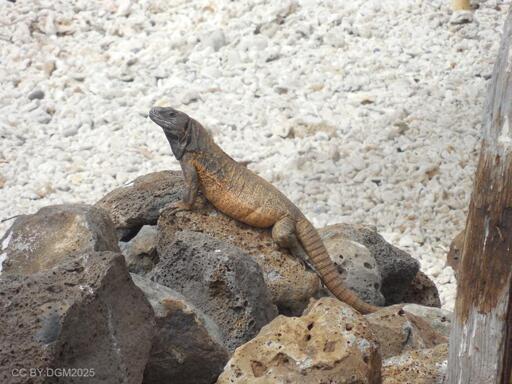Researchers have long speculated that humans introduced spiny-tailed iguanas to Mexico’s remote Clarion Island about 50 years ago. However, a recent study suggests the Clarion iguanas are likely native to the island, arriving long before human colonization of the Americas. Clarion Island is the westernmost and oldest of a small group of islands in Mexico’s Revillagigedo Archipelago. Despite its remoteness, the island is home to endemic wildlife, including two snake species and a lizard species, and at least three species or subspecies of birds. In the 1970s, the Mexican military brought some nonnative animals to Clarion, including pigs, sheep and rabbits, which transformed the island’s native flora. Along with the domestic animals, biologists speculated the military also introduced a population of spiny-tailed iguanas (Ctenosaura pectinata) sometime between the 1970s and 1990s. Wildlife records from earlier expeditions to Clarion hadn’t mentioned the lizards. When Daniel Mulcahy from the Museum of Natural History in Berlin and first author of the new study visited the island in 2013 and 2023 to study snakes, he began to suspect the Clarion iguanas were different from those on the mainland. Genetic analysis confirmed his suspicion. The team found the island iguanas diverged from their mainland relatives roughly 425,000 years ago. According to some recent estimates, humans arrived in North America much later, roughly 23,000 years ago. The researchers hypothesize that spiny-tailed iguanas likely arrived on Clarion from the Mexican mainland, a distance of about 1,100 kilometers (700 miles), by floating on vegetation mats across the Pacific. Once…This article was originally published on Mongabay
From Conservation news via this RSS feed


